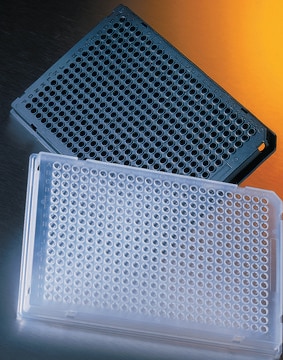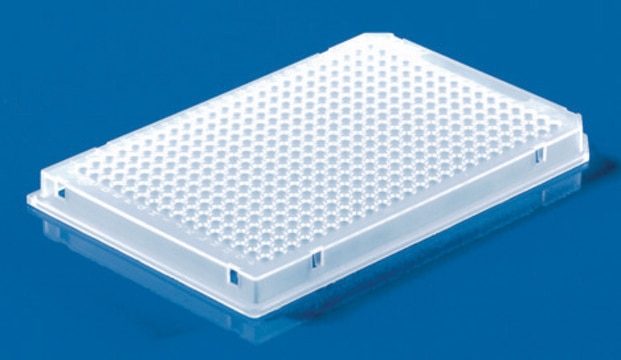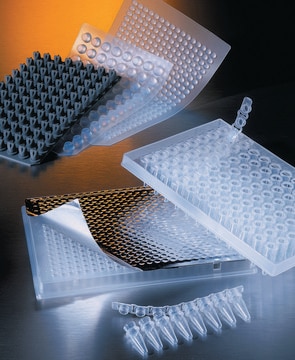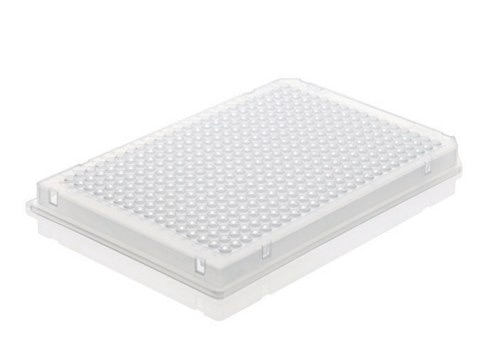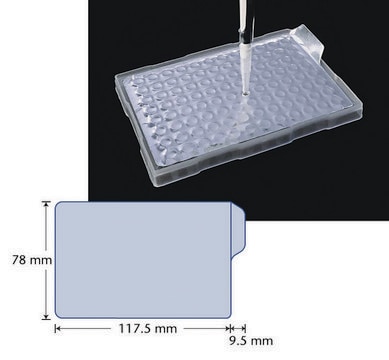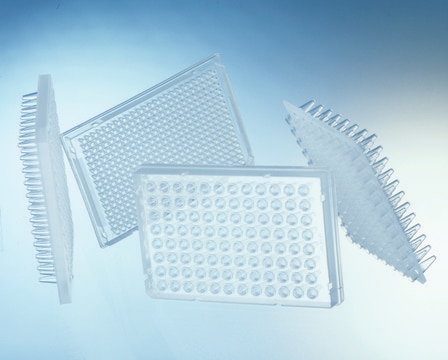Z374911
PCR multiwell plates
size 384 wells, polypropylene, skirt, non-sterile
Synonym(s):
384 multiwell PCR plate, 384 well PCR microplate, 384 well PCR plate, 384 well microtiter plate
About This Item
Recommended Products
material
colorless polypropylene
polypropylene
sterility
non-sterile
non-sterile
feature
skirt
packaging
case of 50 ea
manufacturer/tradename
Sorenson 39620
technique(s)
PCR: suitable
size
384 wells
well volume
40 μL
well working volume
25 μL
suitability
suitable for (PCR, RT-PCR or DNA purification applications)
application(s)
agriculture
Looking for similar products? Visit Product Comparison Guide
Related Categories
General description
Features and Benefits
- Virgin polypropylene
- Fully autoclavable
- Certified DNase- and RNase-free
- Wells have thin walls for rapid temperature equilibration and reduced cycle time
Certificates of Analysis (COA)
Search for Certificates of Analysis (COA) by entering the products Lot/Batch Number. Lot and Batch Numbers can be found on a product’s label following the words ‘Lot’ or ‘Batch’.
Already Own This Product?
Find documentation for the products that you have recently purchased in the Document Library.
Customers Also Viewed
Protocols
The most common application for qPCR is the measurement of a gene transcript or copy number quantity relative to one or more reference genes using probe detection.
A protocol that can be used as a basic template for qPCR incorporating a detection probe that is specific to a single target. In these reactions, primers and probe are included at a final concentration of 200 nM and are run using LuminoCt® ReadyMix™.
A protocol that can be used as a basic template for qPCR incorporating up to four detection probes. In these reactions, primers and probe are included at a final concentration of 200 nM and are run using LuminoCt ReadyMix.
Primer Concentration Optimization Protocol is an approach to create a matrix of reactions. This is used to test a range of concentrations for each primer against different concentrations of the partner primer.
Our team of scientists has experience in all areas of research including Life Science, Material Science, Chemical Synthesis, Chromatography, Analytical and many others.
Contact Technical Service
